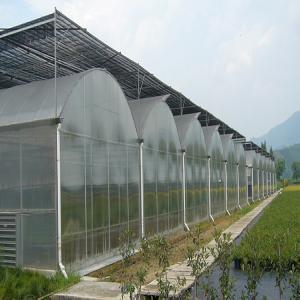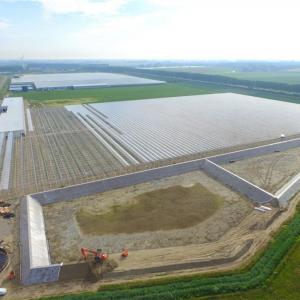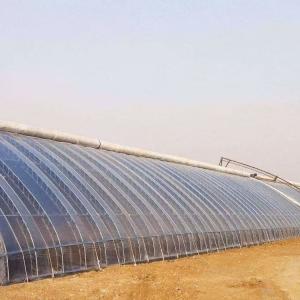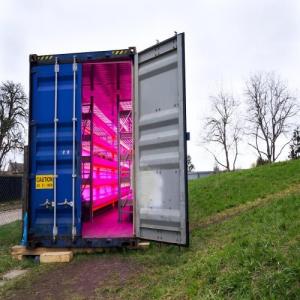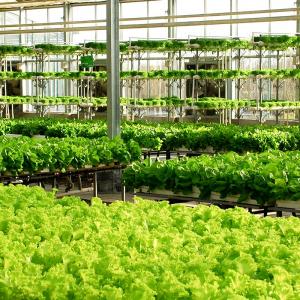Greenhouses: Nurturing Growth Beyond Seasons
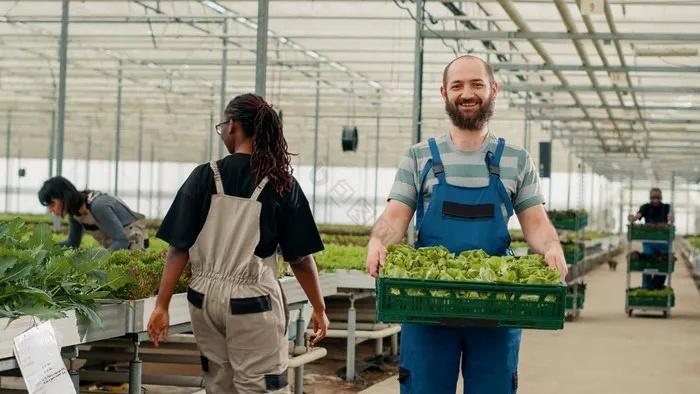
A greenhouse is a specialized structure designed to create a controlled environment for plant cultivation, enabling the growth of various species regardless of external weather conditions. Typically constructed with transparent materials such as glass or polycarbonate, greenhouses harness sunlight to trap heat, creating a warm and stable microclimate that promotes photosynthesis and plant development.
The key advantage of greenhouses lies in their ability to regulate temperature, humidity, and light. By controlling these factors, gardeners and farmers can extend growing seasons, cultivate exotic plants that would otherwise struggle in local climates, and protect delicate seedlings from harsh weather elements like frost, strong winds, or excessive rainfall. This controlled environment also reduces the risk of pest infestations and allows for precise management of water and nutrient levels, leading to healthier plants and higher yields.
Modern greenhouses often incorporate advanced technologies to optimize growing conditions. Automated systems monitor and adjust temperature through ventilation fans or heating units, control irrigation to ensure optimal moisture, and even use artificial lighting to supplement natural sunlight during shorter days. These innovations not only enhance plant growth but also make greenhouse farming more efficient and sustainable, reducing resource waste while maximizing productivity.
Beyond commercial agriculture, greenhouses serve educational and recreational purposes. Schools use them to teach students about botany and ecosystems, while hobbyists enjoy growing flowers, vegetables, and herbs year-round. Additionally, greenhouses play a role in conservation efforts, providing a safe space for endangered plant species to thrive and reproduce.
In conclusion, greenhouses are invaluable tools that bridge the gap between natural environmental limitations and human agricultural needs. By creating a protected and customizable growing space, they support food production, scientific research, and environmental stewardship, making them essential in both urban and rural settings.

